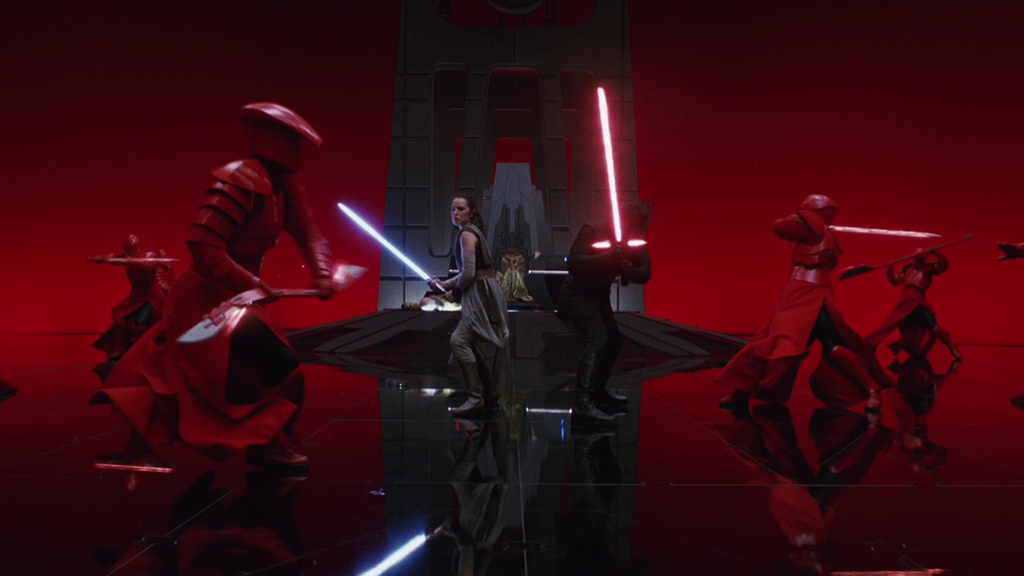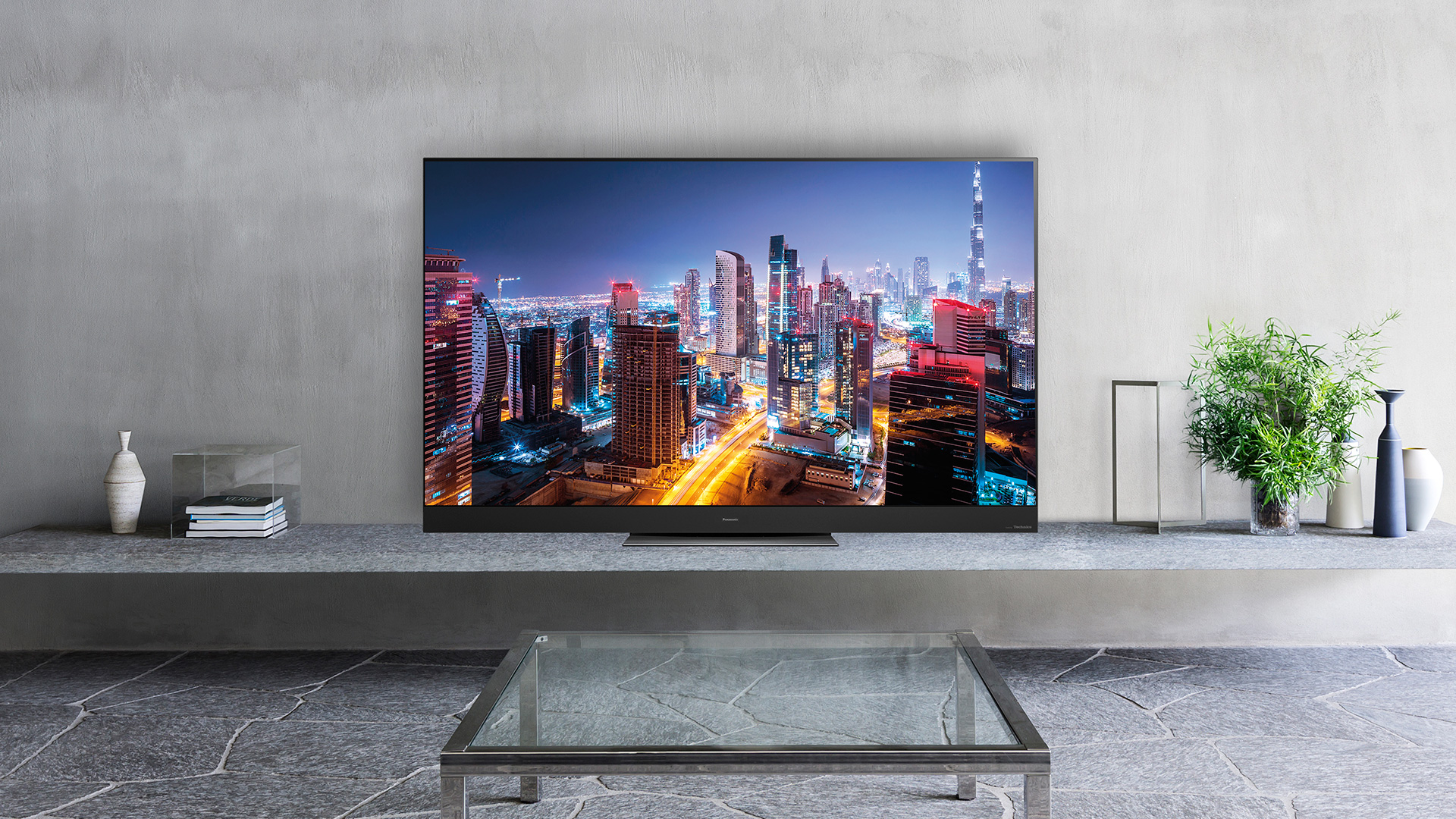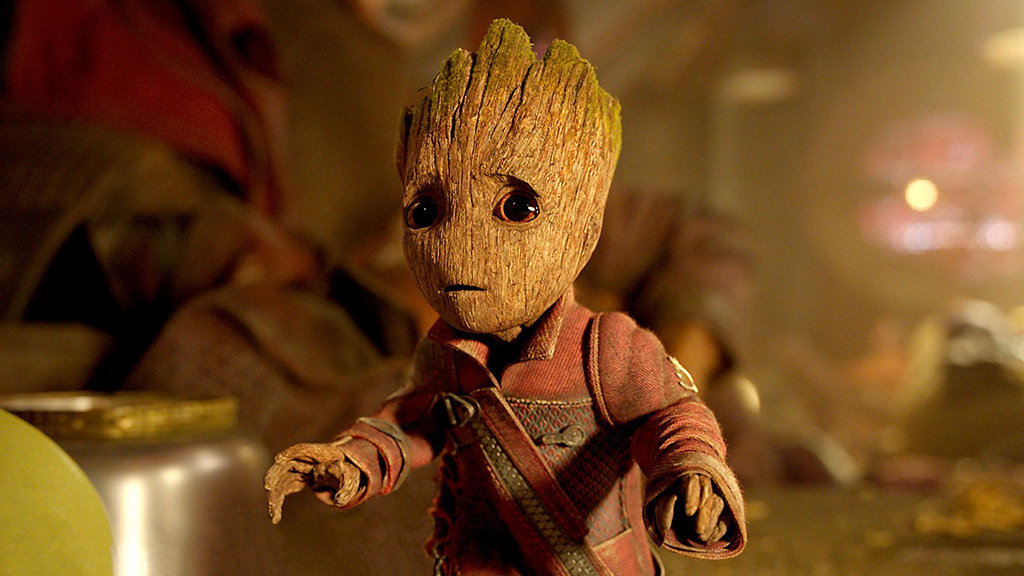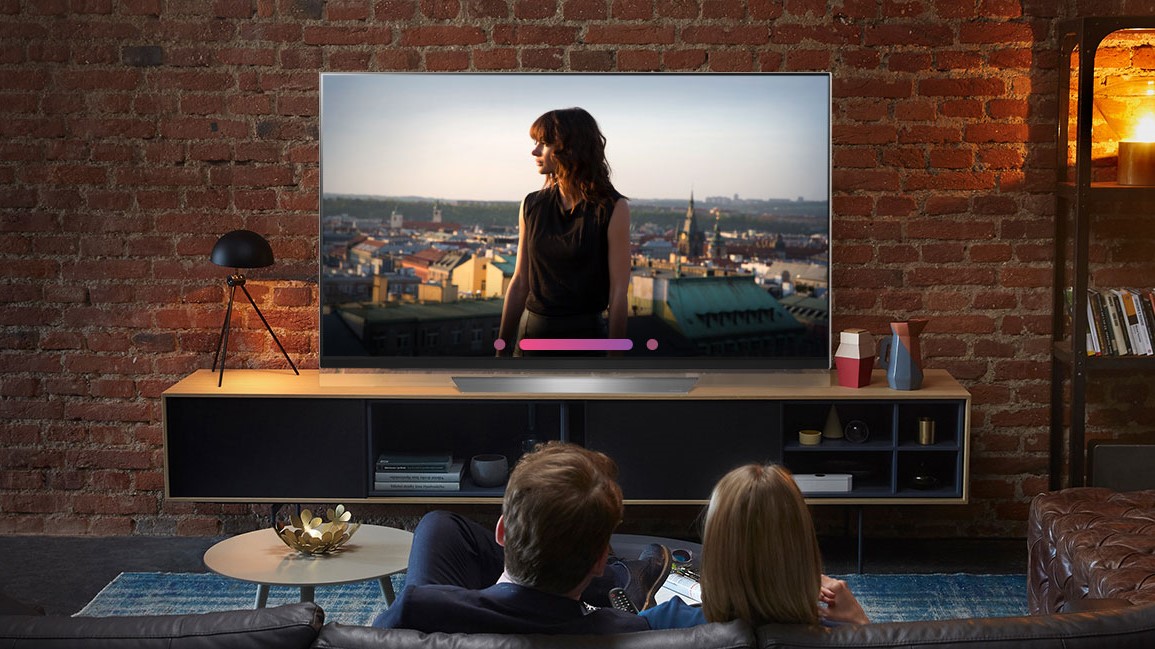You might have heard of Dolby Vision HDR, but what is it and what difference does it make to your viewing experience?
You’ll have likely seen the Dolby Vision label on premium televisions from brands like Panasonic, Sony, LG and more (although not Samsung). But it’s also included in next-gen games consoles, like the Xbox Series X, as well as in 4K Blu-ray players and smartphones, including the iPhone XS, iPhone XS Max and Xiaomi's Mi Mix Fold.
But even though it’s a term you’re likely to come across a lot if you’re shopping for new tech, the world of HDR can be confusing. That’s why we've put together this guide about what Dolby Vision is, where it’s available, the advantages it might have over competing formats, and, importantly, whether it’s something you need in your next TV or phone.
Although you might find Dolby Vision on lots of in-store advertising and inside your favorite devices, it should still be considered a game-changing advancement, and it’s one that TVs have needed for a decade. 4K brings us additional pixels, but it's HDR that makes those pixels really shine in a way they never have before.
Importantly, not all HDR TVs will come with this dynamic HDR format – the minimum required is the more basic HDR10. But those that do can offer a truly upgraded viewing experience above and beyond usual SDR images, that is, if the screen you're watching on is able to do these advances justice.
Film lovers will be glad to hear Dolby Vision is the format that many studios are now turning to so they can harness its potential to deliver colorful, dynamic and calculated images on a scene-by-scene basis. All of which will show up on your TV at home and give the cinema a run for its money.
Now with the latest Dolby Vision IQ technology enhancing the way that Dolby Vision is shown onscreen, too – by using brightness sensors in high-end televisions to auto-calibrate picture settings depending on the level of light in the room – it's a format that continues to give more and more the longer it’s on the market.
Dolby Vision might still be a relatively new format, but from what we've experienced, it's exactly what your home entertainment set-up needs to turn it into a home cinema – which is good news considering many of the best movies ever made are now getting the 4K and Dolby Vision treatment. The good news is it's available for you to bring home right now. Let’s find out more about it and whether you need it.

What is Dolby Vision?
Dolby Vision is a type of HDR (High Dynamic Range) – probably the second most popular after the ubiquitous HDR10 standard that's included on all HDR TVs and players.
While it bases a lot of its technology on the basic HDR standard (Dolby played a key role in the development on it after all), it's a better solution.
The main improvement from an end-user’s perspective is that it places an additional layer of information on top of a core HDR10 video signal which contains scene-by-scene information which Dolby Vision-capable TVs can use to improve the way they present their pictures. This means better brights and darker blacks, and this enables TVs to display the full range of colors in the Rec. 2020 standard.
If HDR blows you away now, wait until you see Dolby Vision.

We’ve seen Dolby Vision already in the UK on a handful of Netflix and Amazon video streams, and it’s also available via VUDU and iTunes in the US.
The ‘big one’ for many AV fans, though, has been Ultra HD Blu-ray. Dolby Vision is included as an option on the UHD BD specification sheet, and AV fans have been desperate to see how much of a difference Dolby’s system might make to the picture quality of the AV world’s best-quality source.
The latest crop of Dolby Vision Blu-rays, which include the Despicable Me films, West World from HBO and Star Wars Episode VIII: The Last Jedi, look nothing short of amazing – provided you’ve got the hardware to watch them.

What is Dolby Vision IQ?
Dolby Vision is going to get even better this year, thanks to a new feature in some high-end TVs – Dolby Vision IQ – that will make shows and movies look great in any room at any time of the day.
The new feature was announced at CES 2020 alongside the new Panasonic HZ2000 OLED and LG Gallery Series OLED, two of the first TVs to use the new technology.
The way Dolby Vision IQ works is by using the dynamic metadata encoded in Dolby Vision content in conjunction with an embedded light sensor in the TV, using the information to change the picture settings and display a more accurate picture.
Basically, Dolby Vision IQ can tell that you’re watching TV in a brightly lit room, where lots of dark details are getting lost. The TV will therefore be able to boost the brightness automatically without you having to go into the picture settings and do it yourself. Dolby Vision IQ also helps to change picture settings to suit the kind of content being watched (movies, sports, etc).

What TVs support Dolby Vision?
Dolby Vision is a licensed video platform that requires all the links in the video chain to support it. So buying the Despicable Me 4K Blu-ray discs won’t be enough in itself – you’ll also need a TV capable of receiving Dolby Vision, and a 4K Blu-ray player capable of playing Dolby Vision.
All LG’s OLED TVs are DV-capable, meaning that the LG C1, LG G1, LG Z1, LG A1 and LG B1 from its 2021 range are all included – alongside all LG OLEDs from 2017 onwards – as are its high-end Super UHD LCD TVs.
Sony TVs with X1 Extreme chips (the ZD9, A1 OLED, XE93 and XE94, plus the 2018 X900F) handle DV too after a firmware update, as can some VIZIO and TCL TVs in the US. Much of Panasonic's 2019 TV range (GX800, GX920, GZ1000, GZ1500 and GZ2000) also packs in Dolby Vision support.
The newest additions to the Dolby Vision family are consoles – including the Xbox One S and Xbox One X – and mobile phones, albeit on the premium end. The format can be displayed on the all-new iPhone XS, iPhone XS Max, iPhone X and LG G6 handsets, bringing truly vivid visuals and color to the screens you're likely to use the most.
Of course, if you want Dolby Vision from a physical disc, there are only a few 4K Blu-ray players currently supporting Dolby Vision like the now-discontinued Oppo UDP-203 and Oppo 205, but more models from LG and Sony should help fill the void.
If you’re lucky enough to already own a suitable combination of kit, though, trust us: you’ll want to buy as many Dolby Vision Blu-rays as you can. The impact of Dolby Vision on the visuals of both movies has to be seen to be believed.
Can you play games in Dolby Vision?
Yes and no! Eagle-eyed gamers will know that the Xbox Series X and Xbox Series S both support Dolby Vision HDR, and that a small handful of Xbox Insiders are currently enjoying beta tests of the format on Xbox games.
The PS5 doesn't support the format, though it could in the future – but either way there are no commercially available Dolby Vision games just yet. We expect that Halo Infinite will be one of the first, and the broad presence of DV on today's 4K TVs means there'll be plenty of homes able to make the most of it when it becomes as widespread in the world of gaming.
Dolby Vision: a new world of color
Take color, for instance. With our Oppo 203 and LG OLED55C7 combination, the Dolby Vision Despicable Me movies display an unprecedented array of tones and tonal subtleties. Everything from the animated skin tones to background walls and locations contains subtle variations and accuracies of color you just don’t get in HDR10 – a comparison verified by playing the discs’ HDR10 ‘core’ video through the Panasonic UB900 Ultra HD Blu-ray player onto the OLED55C7.
This helps pictures instantly look more detailed and refined, despite the fact that Dolby Vision isn’t capable of actually adding more pixels to the 4K source pictures.
The Dolby Vision transfer doesn’t just portray more subtle colors than the HDR10 transfer either. Some colors also look slightly different in hue and tone; and invariably our impression was that the DV versions were the definitive, accurate ones.

Startling in its brilliance, too, is Dolby Vision’s mastery of light. Somehow the technology seems to deliver purer, brighter highlights than we've ever seen from the LG OLED before, while simultaneously delivering dark scenes with more richness and subtle light detailing.
Actually there seems to be more definition between subtle light differences in every part of the Dolby Vision image, giving it a more stable, rich, deep, solid appearance that looks almost three-dimensional versus the flatter, less precise HDR10 picture.
As if this wasn’t all stunning enough, the settings Dolby has designed for the OLED55C7 seem to handle motion more cleanly and effectively than LG’s own processing with HDR10 does.
Add all the Dolby Vision/Despicable Me benefits together and you’ve got an image the likes of which we haven’t seen before on a domestic television, despite the fact that we’re only talking about a pair of ageing animated titles. Having seen the cinematic version of Dolby Vision at work on Guardians Of The Galaxy Vol. 2 recently, we can only imagine how spectacular Dolby Vision at home could look with more visually sophisticated titles than Despicable Me and Despicable Me 2.

Rival technologies to Dolby Vision
It’s worth remembering at this point that AV brands not signed up with Dolby for Dolby Vision – notably Samsung – tend to suggest they can deliver equivalent results to DV by just applying their own processing power to HDR10.
Having played the Despicable Me discs in HDR10 into a reference Samsung UE65KS9500, though, while that set delivered brighter light peaks than the Dolby Vision picture on the LG OLED, it couldn’t match Dolby Vision for light and color subtleties.
Samsung announced back in 2017 it was partnering with Amazon Prime Video to develop a new HDR format called 'HDR10+', which also applies a layer of so-called ‘dynamic metadata’ (scene-by-scene instructions) to an HDR10 stream. It's essentially a royalty-free alternative to Dolby Vision, which is built into Samsung's line of high-end QLED televisions.
Both Panasonic and 21st Century Fox had thrown their weight behind HDR10+, selling it as a more democratic, open-source HDR format. Panasonic recently changed its tune on this, however, and you can now get Dolby Vision on a host of Panasonic 4K Blu Ray players and Panasonic TVs.

We're not necessarily saying here that your next TV and 4K Blu-ray player absolutely definitely must have Dolby Vision support. The format still, after all, has to work within the brightness and color limitations of any TV it’s applied to.
There are non-Dolby Vision TVs out there which are either (in Samsung’s case in particular) capable of delivering color and brightness levels beyond those possible from any current Dolby Vision TV. But there still aren't many Dolby Vision Ultra HD Blu-rays available, despite the format’s ‘official’ launch.
What certainly does no longer seem in doubt from having seen Dolby Vision in action from a 4K Blu-ray, though, is that it does an incredible job of getting the absolute best out of any screen it comes into contact with. And with a technology as confusing and frankly error-strewn as HDR is right now, that’s a pretty big deal.
- Want a concise rundown of the differences? Here's our complete guide on HDR10 vs Dolby Vision
Original contributions were made to this article by John Archer.
No comments:
Post a Comment